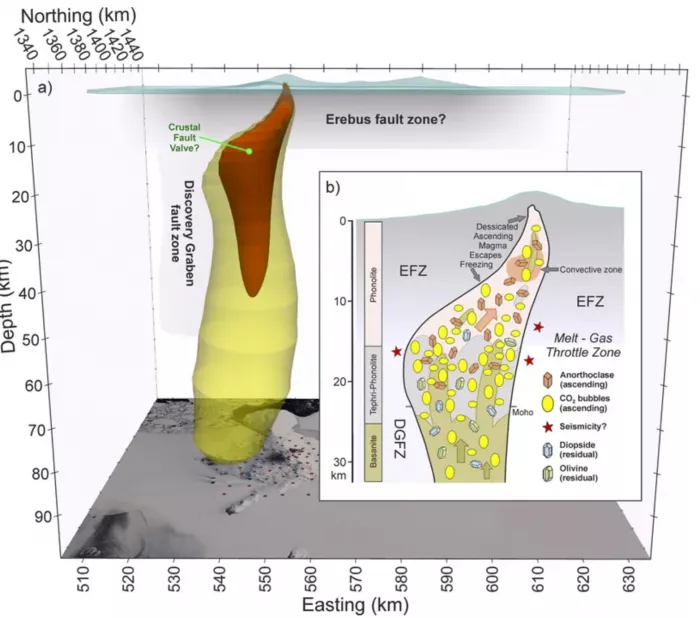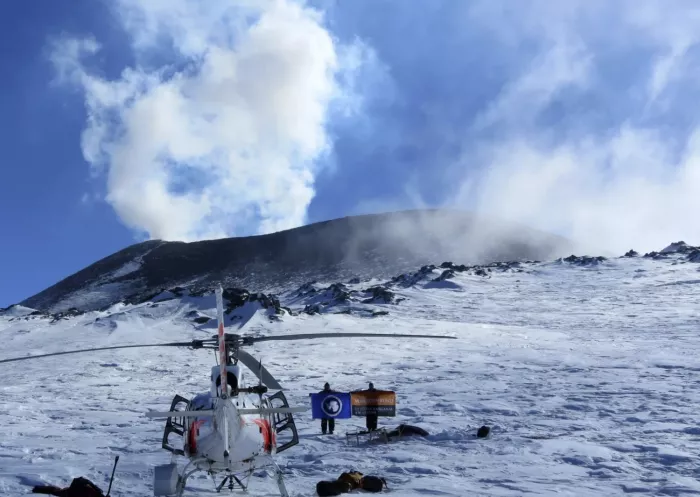This study, published today (may30,2022) in the journal Nature communications, has expanded our understanding of the sources and transport of different types of magma and volatile gases to the earth's surface. According to the researchers, Erebus volcano is a rift volcano dominated by carbon dioxide, which is a supplement to the more well-known arc volcanoes dominated by H2O in the Pacific rim and other places. Understanding H2O and CO2 volcanoes is very important for calculating this volatile gas deep in the earth, which involves injecting material into the earth's mantle and returning it to the earth's surface for a new start.

This research was supported by US $464000 from the National Science Foundation of the United States. Similar funds came from the Marsden foundation of the Royal Society of New Zealand and the in kind support provided by the participating colleagues. Mount Erebus is the only active volcano in Antarctica. It and its dormant companion volcano, Mount terror, are named after Sir James Rose's expedition ship. He discovered the two volcanoes and the trans Antarctic mountains in 1841. Mount Erebus was first crowned by Sir Ernest Shackleton in 1908.
The Erebus volcano is a typical volcanic family with alkaline chemical composition. The lava is relatively rich in sodium, potassium and other elements, including rare earth elements, while the silicon content is relatively small. Alkaline volcanoes are very different from volcanoes in the Cascade mountains that extend from Northern California through British Columbia to Alaska. The Cascade Mountains are located where the tectonic plates of the earth push each other, and the crust of the ocean is pressed under the crust of the continent. When the ocean crust sinks into the earth and partially melts, the water in the rock becomes a part of the melt and becomes the main "Volatile", or easily soluble molecules, or bubbles emerge from the solution like soda in carbonated drinks.

The evolving magma rises to and passes through the crust, but usually does not reach the surface, because with the rise, the pressure of the overlying crust decreases, water will flash out, and sometimes explode, such as Mount St. Helens in 1980 or mount Larsen in 1912. The remaining magma stagnates and freezes in place, usually at a depth of about 3 miles (5 kilometers).
But the Erebus volcano on Ross Island in Antarctica is located in the continental rift zone. Continental fissures occur when the earth's crust and mantle are pulled apart. The magma in the rift region also has volatiles from the marine crust and sediment cycle, but these volatiles are older and released to the surface through the rift process. The volatiles in these magmas are not water, but mainly carbon dioxide.